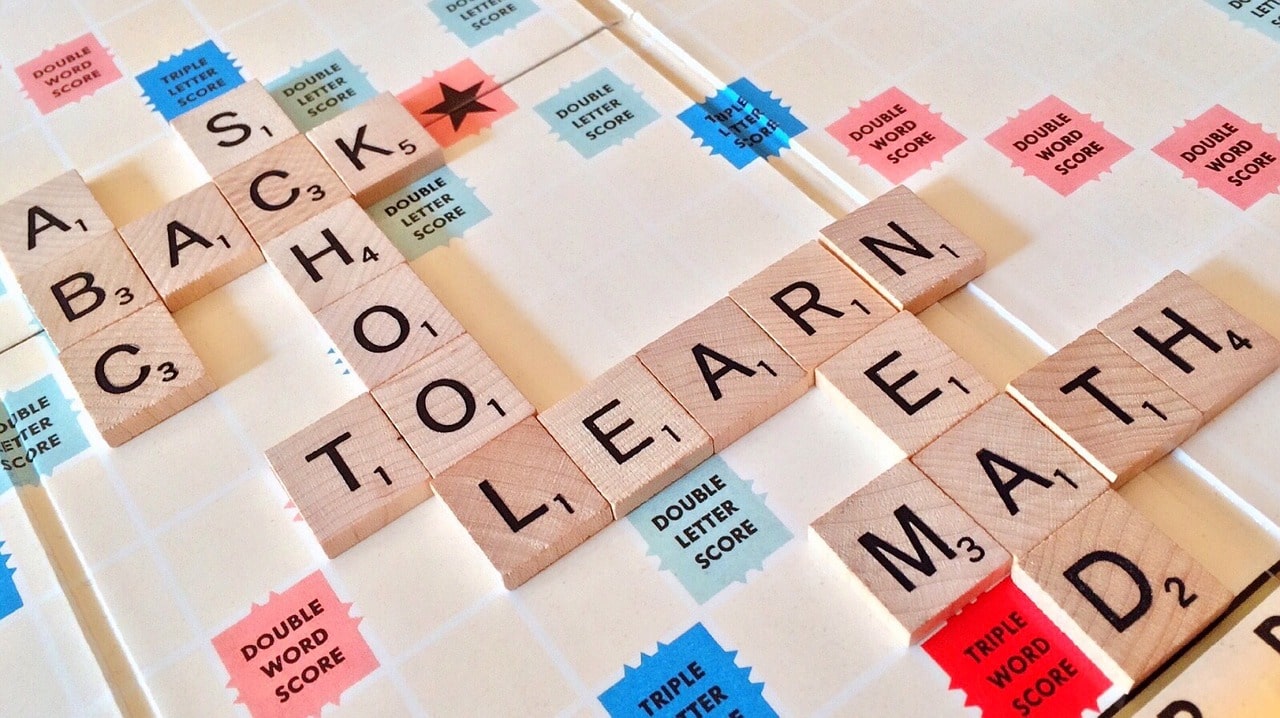Spanish is a very rich language. It has many rules and can be difficult to learn. However, it is fun and considering the main rules you will not find it so complicated.
Spanish grammar has fixed rules. By following them you can build numerous sentences so that you can express yourself well. In our academy we use a pleasant learning methodology in which theory and practice alternate with the written and oral parts. Our aim is that you learn the grammar but also speak it and, above all, that you have fun.
In addition to verb tenses and sentence construction in Spanish grammar, vocabulary is very important. Especially because in Spanish there are many synonyms and expressions with very peculiar words.
Spanish long words
Today we're going to talk about long words. Some words that even the Spanish are told to pronounce because they are so long:
- Electroencefalografista (23 letters): it is the medical professional who performs encephalograms
- Esternocleidomastoideo (22 letters): it is a neck muscle
- Electroencefalografía (21 letters): part of medicine that studies the obtaining and interpretation of electroencephalograms.
- Electroencefalograma (20 letters): It is a study that detects the electrical activity of the brain by means of small metal discs (electrodes) fixed on the scalp
- Otorrinolaringólogo (19 letters): medical specialist who deals with health problems related to the throat, nose, head and neck.
- Electrocardiograma (18 letters): the graphic representation of the electrical activity of the heart as a function of time, which is obtained, from the body surface, in the chest, with an electrocardiograph in the form of a continuous tape.
- Electrodoméstico (16 letters): is a machine or device that allows you to perform and speed up some daily routine household tasks, like microwave, oven, etc.
- Arteriosclerosis (16 letters): general term used in human and veterinary medicine, which refers to a hardening of medium and large arteries.
- Paralelepípedo (14 letters): geometric body formed by six parallelograms, of which the opposites are equal and parallel to each other.
- Caleidoscopio (13 letters): optical instrument that consists of a tube with two or three inclined mirrors and coloured crystals inside, arranged in such a way that if you move the tube and look inside it from one end, you can see different symmetrical geometrical figures.


